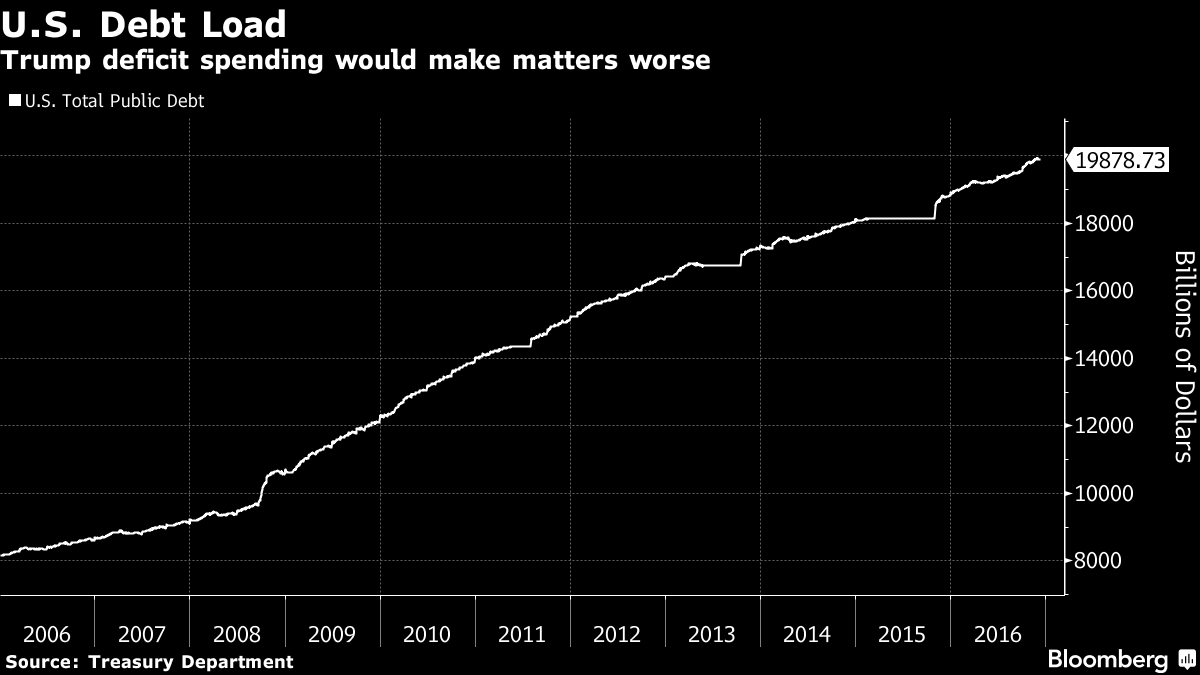By Liz Capo McCormick
(Bloomberg) --One of the biggest questions being pondered by investors now is whether the record rally in U.S. bonds that began in 1981 has reached its end.
For Louise Yamada, who has been advising clients on how to invest based on what she sees in historical price patterns for almost four decades, the answer is crystal clear.
“The bull run is definitely over” after 10-year yields pierced 2.5 percent, said Yamada, who heads her namesake technical research firm in New York and is a chartered market technician. “There will be a very slow multi-year incremental increase in interest rates.”

After touching a record low in July, the 10-year Treasury yield began a rise that accelerated after the Nov. 8 election of Donald Trump, whose expected agenda of fiscal spending and tax cuts is seen boosting economic output and inflation.
The Federal Reserve is also doing its part, raising rates Wednesday for only the second time in a decade in an attempt to normalize borrowing costs. The combination spells trouble for bond holders.
“Prices of bonds are going to go down and you are going to lose your capital,” said Yamada, who began her technical forecasting career at Smith Barney under mentor Alan Shaw.
The 10-year note yield has been carving out a bottom for many years now, as is typical for a reversal of a long-term downward yield pattern, she said.

“On the 10-year you have a double bottom that goes back to the 2010-2012 and 2015-to-present periods,” Yamada said by phone. “That is your bottom in rates.”
A double bottom is a common pattern in price movements that technicians often cite to validate the completion of a trend ahead of a reversal to a new one.
Also on Yamada’s radar is selling by foreign investors, who are the biggest owners of U.S. debt after the Fed. China, the largest foreign holder of Treasuries, has led the recent reduction.

A ballooning of U.S. debt levels could add tailwinds to the increase in yields, she said. That’s a possibility given Trump’s plans, which the Committee for a Responsible Federal Budget says would result in $5.3 trillion of borrowing and push America’s debt burden to 105 percent of its gross domestic product, from 75 percent now.

Even if those predictions prove true, Yamada says that historical price patterns are still the most powerful guide, so the odds are high that it will take years before 10-year yields reach 5 percent again.
“Interest-rate cycles are historically long, usually 22 to 37 years,” she said. “It took from 1940 to 1981 to complete the last rising-rate cycle. This one will be a slower mover.”
To contact the reporter on this story: Liz Capo McCormick in New York at [email protected] To contact the editors responsible for this story: Boris Korby at [email protected] ;Jeremy Herron at [email protected] Dave Liedtka, Mark Tannenbaum




